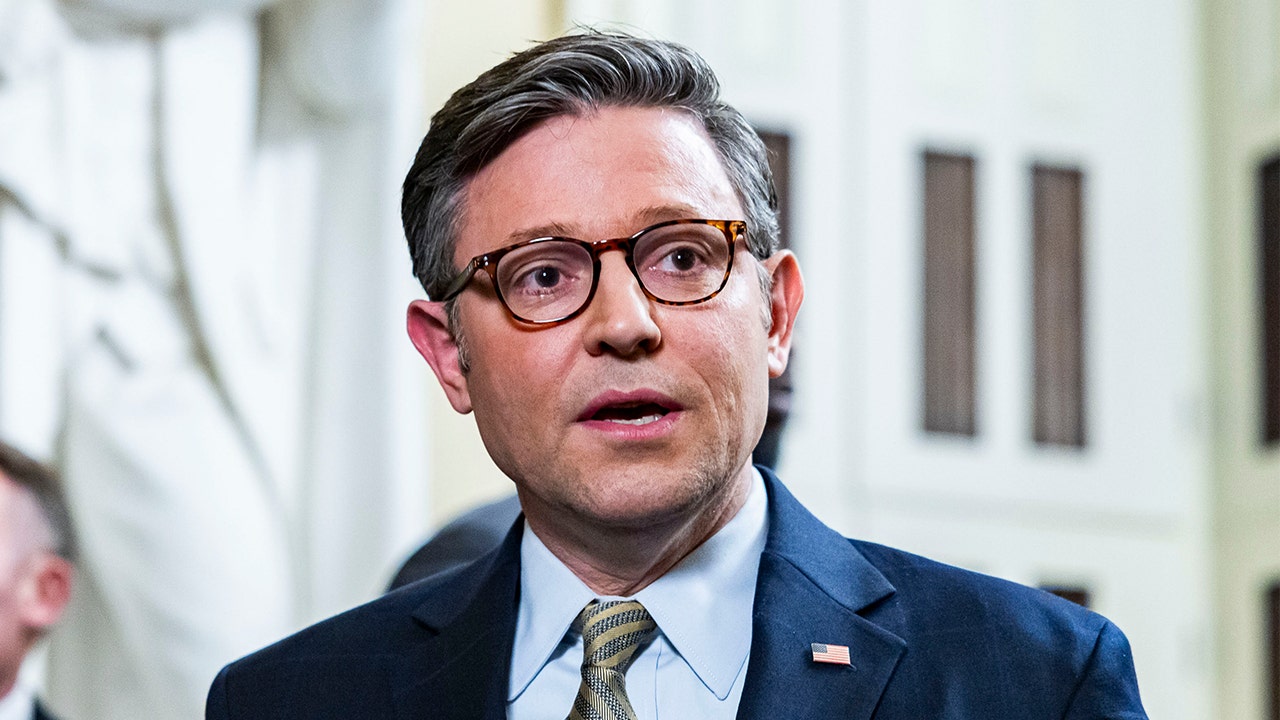Some games carry a bit more weight.
That rang true for Michael Kesselring on Tuesday night in Edmonton.
The Utah Hockey Club defenseman spent three years in the Oilers’ organization after the team selected him in the sixth round of the 2018 NHL Draft. Kesselring was subsequently traded — with a third-round pick — to the Arizona Coyotes in March 2023 for Nick Bjugstad and Cam Dineen as Edmonton looked to make a strong push in the playoffs.
“I like to say I don’t take it personally, but I do a little bit. It means a little bit more to me to play them,” Kesselring said. “Nothing against them — I had a great experience there.”
Kesselring never skated in an NHL game with the Oilers; he was on the AHL affiliate Bakersfield Condors for the better part of three seasons before getting dealt to what is now Utah Hockey Club. It was there that Kesselring learned what would be expected of him as an NHL defenseman and he adjusted his game accordingly.
That time in Bakersfield shaped him into the puck-moving, physical and smooth-skating blueliner Utah fans have gotten to watch this year.
(Bethany Baker | The Salt Lake Tribune) Utah Hockey Club goaltender Karel Vejmelka (70) speaks with Utah Hockey Club defenseman Ian Cole (28) and Utah Hockey Club defenseman Michael Kesselring (7) after a play during the second period of the NHL game at the Delta Center in Salt Lake City on Monday, Dec. 23, 2024.
“I think the biggest thing that I noticed early was just how hard he worked at the gym. He was top three as far as how hard he worked in practice and in the gym,” said Colin Chaulk who is head coach of the Condors. “Being a right-shot d-man with his stature and size – you think of him already, how do we develop this player into an NHL player?”
Kesselring — who stands at 6-foot-5, 215 pounds — received a clear message from Chaulk: get your shot through. The coach wanted Kesselring to utilize his hard, direct release and offensive instincts without sacrificing his defensive details. That balance came together during his third season in Bakersfield before he was traded.
The 24-year-old had 22 points (13 goals, nine assists) through 49 games after posting 13 points (two goals, 11 assists) through 55 games the year prior.
“Off the ice, just growing up. I went there after two years of college and was pretty immature for sure. They helped me grow up a lot,” Kesselring said. “I think on the ice — Dave Manson and Colin Chaulk and all the coaches I had when I was there — really helped me with my skating and that was kind of the biggest difference for me from my first year pro to now. Very thankful for them.”
Kesselring’s development quickly took a different direction as he joined the Coyotes. He made his NHL debut the day after the trade and spent a majority of the following season — 65 games, to be exact — with the Arizona squad. This year, Kesselring has grown into a key piece of Utah’s backend; he’s on the second pair with Ian Cole and runs the second power-play unit from the point while averaging 19:03 of ice time a night.
(Francisco Kjolseth | The Salt Lake Tribune) Utah Hockey Club defenseman Michael Kesselring (7) during an NHL hockey game at the Delta Center in Salt Lake City on Monday, Nov. 18, 2024.
“It’s tough,” Chaulk said of Kesselring getting traded. “You’re happy for the player that he’s getting an opportunity to potentially play in the NHL. You also wish you could continue to get to work with that player because you want to be a part of him getting to the NHL in your organization — and more importantly, staying in the NHL in your organization.”
Would Kesselring have the same runway if he were still in Edmonton, though? It’s hard to say.
The Oilers and Utah are in two very different places. Edmonton made it to the Stanley Cup Final last season and lost in seven games; it’s looking to bring back some hardware this time around. The Club is in the fourth year of a rebuild and is just outside wild-card slotting for the postseason.
Utah has both depended on and invested in its youth for the future. The Oilers were locked in with a steadfast group of six defensemen which they ran with for all of the 2023-24 season. Things look a bit different for them now — Philip Broberg signed with the St. Louis Blues, Cody Ceci was traded to the San Jose Sharks and Vincent Desharnais is now with the Vancouver Canucks.
“They used the same six defensemen for the entire season,” Chaulk said. “That just doesn’t happen, but it did. So I think he probably wouldn’t have had that opportunity until this year.”
(Rick Egan | The Salt Lake Tribune) Utah Hockey Club defenseman Michael Kesselring (7) takes control of the puck, as Vancouver Canucks left wing Jake DeBrusk (74) defends, in NHL action between Utah Hockey Club and Vancouver Canucks at the Delta Center, on Wednesday, Dec 18, 2024.
It is something Kesselring has briefly thought about, too.
“I always wanted to play for them. It was really cool getting drafted by a Canadian team, my dad is Canadian,” Kesselring said. “I always wanted the opportunity – who knows how it would have worked out.”
There’s no use looking back now as Kesselring has cemented himself as an NHL regular with Utah, in part because of the deep defensive injuries the team has dealt with this season. He has also just scratched the surface. The Club organization has high expectations for Kesselring in the next few years and believes he can meet them.
“He has games where he is elite but has a hard time to maintain that level on a consistent basis. But he showed us how good he can be,” head coach André Tourigny said. “He’s super competitive, he’s a great guy, he works hard, he competes, he’s good defensively in his 1-on-1 battles. There’s a lot to like there.”
Chaulk is happy to see it.
“I go back to being thankful that you had a hand in and had a part in helping somebody live their dream,” he said.























/cdn.vox-cdn.com/uploads/chorus_asset/file/25672934/Metaphor_Key_Art_Horizontal.png)



/cdn.vox-cdn.com/uploads/chorus_asset/file/24982514/Quest_3_dock.jpg)


